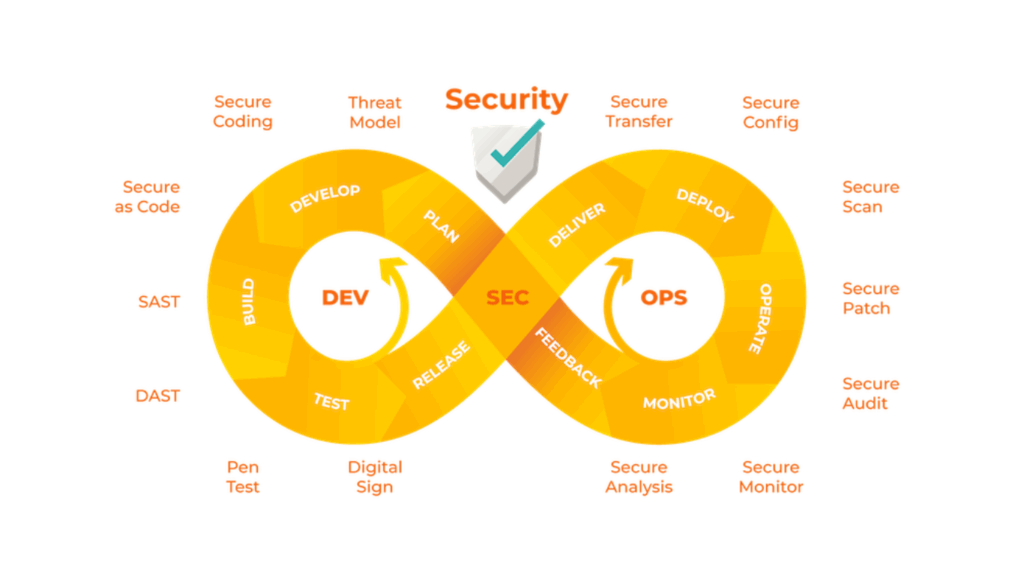We have a large collection of facts and rules but there is no underlying theory where we can depend on the compact algorithm for the calculating a solution. For example like problems will include medical diagnosis and repair the malfunctioning machinery and determining the customers eligibility for the financial credit. Here the areas there are no simple first principles from everything that follows instead there are lot of empirical observations and also the rules which are gleaned from the experience or may be laid down by the fiat.Rule based programming will mechanise this style of problem solving.
Rule based programs are sometimes called expert systems and are said to display the artificial intelligence but they are just computer programs which will employ some specialised techniques which will be having found in the useful for any certain kinds of problems. If such program will be intended for any serious purpose, it must meet the standards in terms of quality and also correctness, if required of other programs.
Rule based programs often evaluated by submitting some of the sample results that will be panel to the human experts. This type of validation which can be helpful but it does not provides a sufficient coverage to detect every not correct result and also does not provide any guidance for design and also implementation.
It is an important programming paradigm which is to express a set of program express a program as a group of rules. The rule based system is considered as a system which applies human made rules to store, sort and also manipulate data. This rule based systems require a set of facts or may be source of data and a set of controlling the data. Here the rules will be sometimes known as If statements.
How the rule based system work?
The rule based system work based on the rules.Here the outline triggers,then specifies the action to complete. If we want to create a rule based system it will be capable of handling different actions. The main idea of rule based systems is to capture the knowledge of any human expert which is in a specialised domain and also put into the computer system.
The rule based system Architecture:
The most common form of architecture that is used in expert and also under other types of knowledge based systems in the production system or may be it is called as rule based system.It is a system that uses the knowledge encoded in the form of production rules that is if then the rule has a conditional part on the left hand side and also conclusion or may be an action part on the right hand side. Each rule represent a small chunk of knowledge of the given domain of expertise.When the known facts support the conditions in the rule’s left side the conclusion or may be action part of the rule will be accepted like known. This rule based architecture of an expert system consists of the domain expert, knowledge engineer, inference engine, working memory, knowledge base, external interfaces, user interface, explanation module, database spreadsheet that are executable programs.
The components are:
1.User interface
This mechanism by which the user and the expert system communicate with each other. It interacts with the single system through a user interface. It acts as a bridge between user and expert system. This module accepts the user queries and also submits those to expert system. Usually the user consults the expert system for following reasons:
- To get the queries answer
- To get the explanation about the solution for the psychological satisfaction.
The user interface module will be designed in such a way that the user level it accepts any query language understandable by any expert system. To do the expert system user friendly,the user interface interacts with the user natural language. Here the user interface provides as much as facilities which as possible like menus,graphical user interface to make the dialog user friendly and interacts with a user in natural language.
2.Explanation module:
This explanation module briefly explains the reasoning of the system to a user. It provides the user with details of the reasoning process when requested. The credibility of expert system will be established when it is able to explain “how and why” a particular conclusion.
3.Working memory:
It will be global database of facts used by the rules.
Knowledge engineering- The primary people involved in building an expert system as the knowledge engineer, the domain expert and also the end user. Once the knowledge engineer has obtained a general overview of the problem domain and also gone through many problem solving sessions.
4.Knowledge base:
Here the rule based architecture of an expert system,the knowledge base will be a set of production rules. In rule based architecture, the condition actions and pairs that are represented as rules with the premises of the rules and corresponding conditions of the conclusion corresponding to the action.
5.Inference engine:
The inference engine accepts user inputs queries and also responses to the questions through the I/O interface.It always uses dynamic information together with the knowledge stored in knowledge base. The inference process will be carried out recursively in 3 stages like match, select and execute. During the match stage, the contents of working memory will be compared to the facts and also rules contained in the knowledge.
Questions
- What is Rule based programming?
- What are Advantages of Rule based programming?





























